One of the most popular forms of entertainment in the world is riding roller coasters. Sometimes, people will wait for hours to experience an old classic or the newest thrilling ride.
People ride and enjoy roller coasters for a variety of reasons: they like the speed, the perceived danger, and, like a small child riding a wagon too quickly on a curved sidewalk, they enjoy being afraid.
Strangely enough, the roller coaster was invented primarily for none of these reasons. Immorality served as the driving force behind the creation of the roller coaster in the late 1800s.
LaMarcus Adna Thompson was searching for a past time that would attract Americans away from the taverns, gambling and dancing halls, and brothels that were growing more and more popular as the country grew more and more prosperous after the Civil War. She believed that America was both creating and rushing into a den of iniquity.
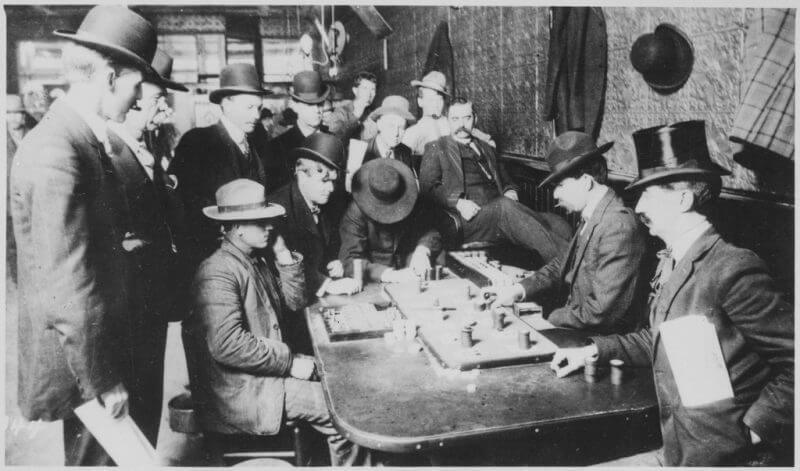
Thompson, who moved to Elkhart, Indiana, after being born in Ohio, invented a machine that makes seamless women’s stockings and other hosiery. Thompson became wealthy thanks to this company and his patent. Because of his poor health, he retired early and received money from his patent.
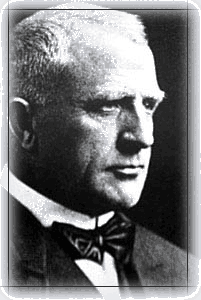
Like many other Americans of the era, Thompson was a devout religious man who worried that the nation’s emerging affluent and urban culture was unquestionably harmful. He desired to take action in this regard.
Thompson was inspired by something entirely unrelated to women’s underwear while on a leisurely trip through the tranquil Pennsylvanian hills.
Thompson saw individuals enjoying themselves on an abandoned mining railway in the peculiarly named town of Mauch Chunk in the state’s east.

The purpose of the Mauch Chunk railway was to move coal from the surrounding Lehigh River docks to Bethlehem’s steel mills.
As the area’s coal mines started to disappear, the railway was transformed into a vacation destination. Coal carts were pulled up nearby Mt. Pisgah by mules on the nine-mile railway in the early 1800s.
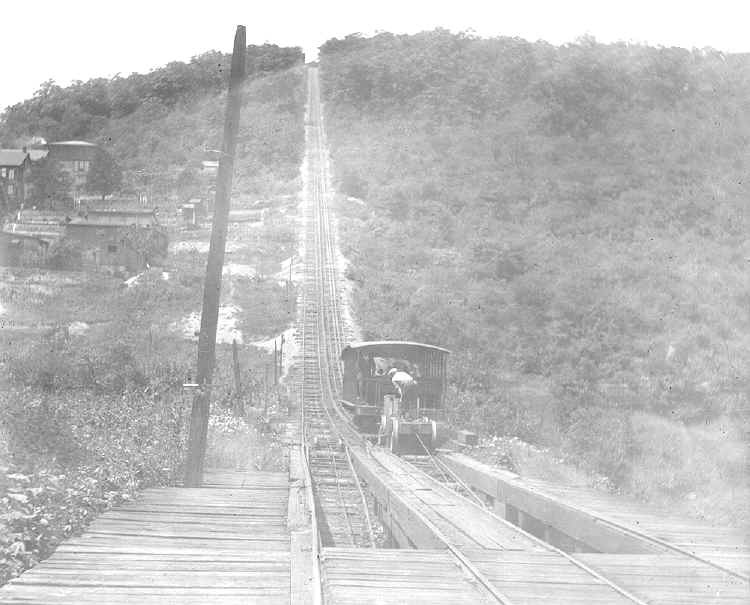
The railway was extended to about eighteen miles later in the 19th century, and a steam engine took the place of the mules. But the majority of the track was a gravity-assisted switchback.
Remember, these were the days before cars and airplanes, when nothing made by humans moved as quickly as the cars as they rolled down the track. At times, the cars’ speeds were much faster than those of a train or a running horse.
The railway was an exciting attraction for tourists who came to the hills around Mauch Chunk. There was a 600-plus foot “drop” at the end, more of a slope, but nothing like it at the time, which is why some people called it “harrowing.” By the time LaMarcus Thompson visited, tourists paid one dollar (not cheap for the time) for a ride on the railway, which took 80 minutes to complete.
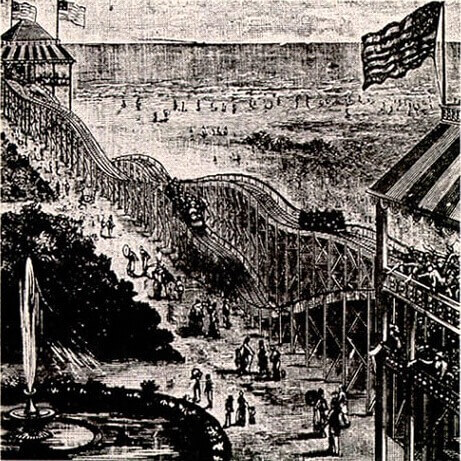
Thompson got the idea from this. He sketched out designs for a scale model of the switchback railway he had witnessed.
The “train” cars themselves and a ratchet mechanism to stop the trains from rolling backward were two features he had observed in Pennsylvania. He created the well-known wooden frame structure and received a patent for it.
In the spring of 1884, Coney Island, New York, saw the construction of the first Thompson “roller coaster.” Originally developed as a resort in the early 1800s, Coney Island boasted theaters, a racetrack, restaurants, and, much to the chagrin of those who held differing opinions from Thompson, a large number of taverns and bordellos by the time the Civil War ended.
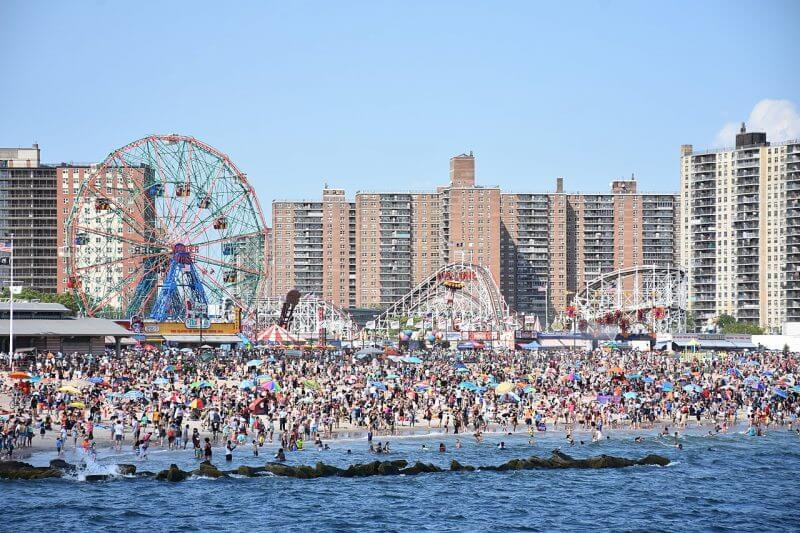
These “Houses of Pleasure” were illegal, but as long as everything was kept appropriately covert and organized, most people accepted them with a knowing wink.
It was for this reason that Thompson selected Coney Island.
He believed that his “Switchback Railway” would keep people out of the bars and brothels, into the open air, and with their families.
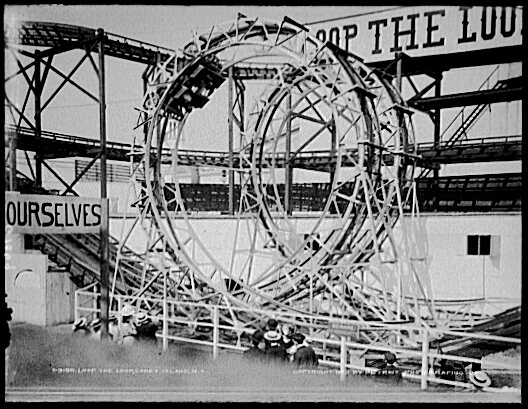
A nickel was the cost of a ticket. The maximum speed is a matter of some dispute, but it was not more than ten miles per hour. Ten miles an hour was fast, again, except in the case of a closed-in train and a horse, both of which very few people in Coney Island had ever ridden.
Bicycle ownership was not common at the time, and neither were cars or airplanes. Thompson’s original ride measured six hundred feet in length and fifty feet in elevation.
The cars began at the top and descended the whole length of the track, passing through a few small dips.
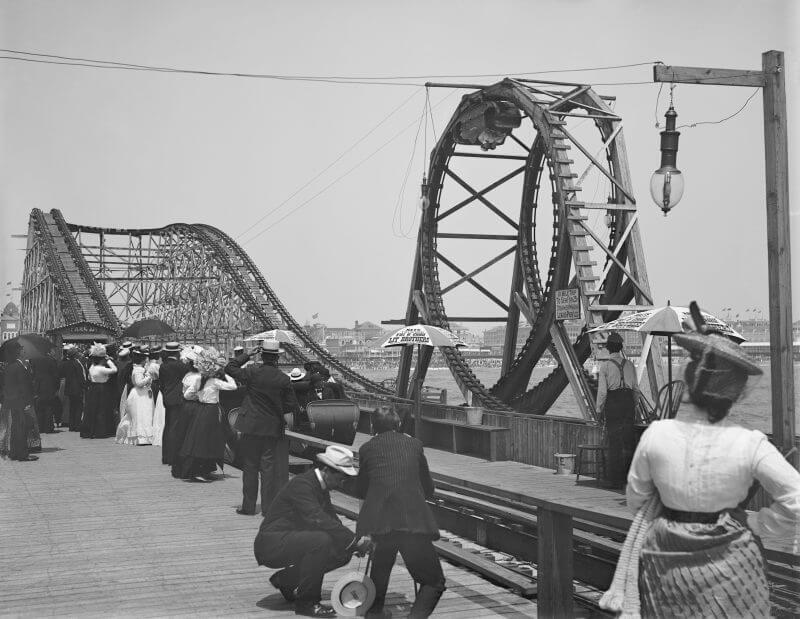
The riders reached the other end, where gravity propelled them up a second hill and back to the beginning. There would be two train cars running at the same time.
Thompson was earning about six hundred dollars a day in three weeks, which is fifteen thousand dollars a day today! Thompson quickly began to make advancements and patent them. Others soon began building their own switchback railroads.
They became well-liked since many of them accelerated the pace. Speed was progressively increased by Thompson’s amusements, which he started to construct across the nation, but he concentrated on adding novelty features like lights, tunnels, artificial mountains, “scenery” beside the track, etc.

Thompson’s original rides are directly related to Disney World’s well-known Space Mountain ride, which features flashing lights and dark tunnels.
In the late 1880s, a type of winter ride that featured a toboggan on rollers that was pulled to the top of a snowy hill, akin to Thompson’s railway, gave rise to the popular term “roller coaster.”
As a matter of fact, Thompson did not create the roller coaster. Before Thompson’s ride, similar gravity rides had briefly been available in France, but they never really took off and quickly vanished.
Thompson accumulated significant wealth by the time of his death in 1919, at the age of 71. Though nearly everyone was having the time of their lives while riding his rides, Thompson’s rides never quite took the place of bars and bordellos.
Source: weeklyrecess.com


